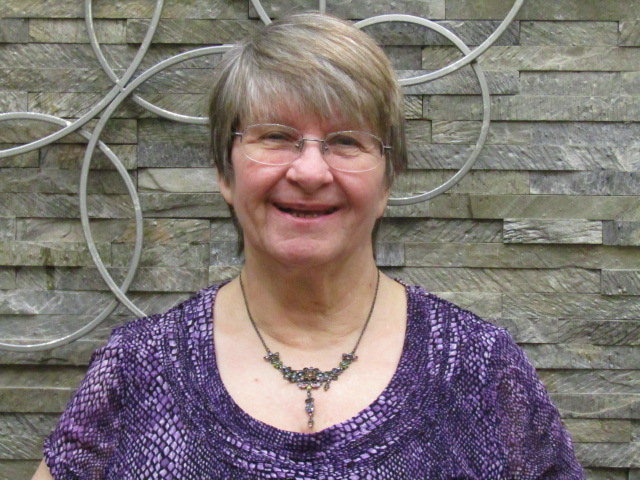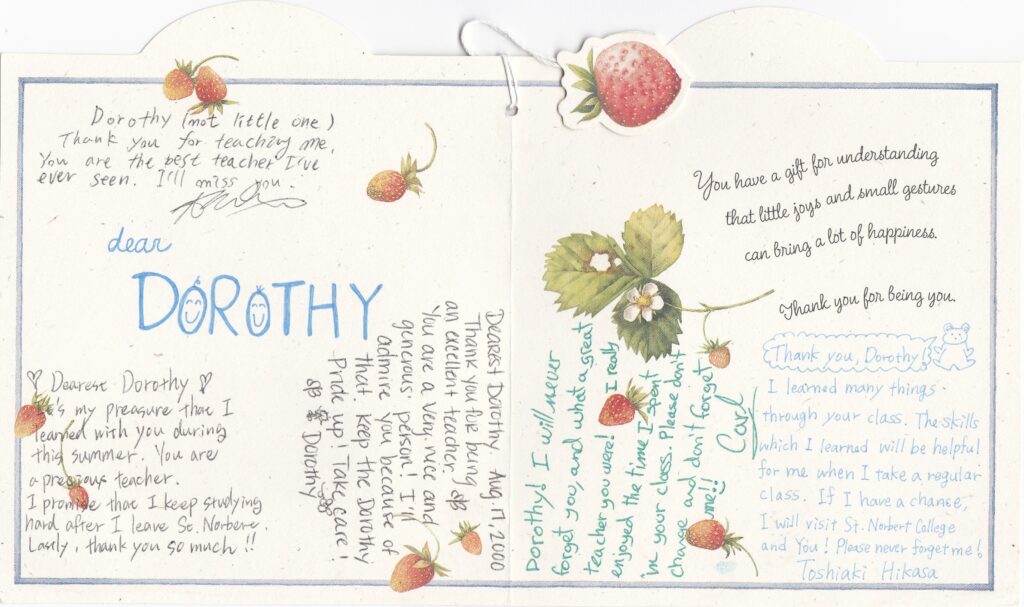By Terry C. Misfeldt
Writing requires finding inspiration. Whatever inspires you delivers words to enliven your manuscript. Giggles from your two-year-old grandson as you transport him across the swimming pool. Warm cuddles from your four-year-old granddaughter who seldom sees her grandpa. Rivulets of rain rolling down the gutter and flooding the street. Dark clouds swirling downward counterclockwise in a severe thunderstorm as you watch a tornado touch down.
Whatever captures your senses serves as inspiration to write. When it happens, try to capture it and bring it to life in the pages of your document. Add details or fabricate them. The grandson wearing floaties and fascinated by the water flowing into the pool filter. Your granddaughter wrapped in her favorite blanket and, of course, in her favorite color. Cars ripping through the pouring rain despite a blinding downfall. Your neighbor’s trees whipping in the tumult of strong winds ripping away limbs.
If it’s hard to remember people, events, or other activities that inspire you, carry a notepad and pen with you to jot down what you’ve experienced. I have found that our mental capacity is far greater than that of any computing device on the market.
I am inspired by memories from my childhood and find that some of those incidents remain vivid decades later. One that will never perish is of the first home I remember where one closet separated my parent’s bedroom from that of my brother and me. We could walk from our bedroom through the closet into my parent’s bedroom. Hey, I was less than five years old so it was more fun than dangerous.
Seek inspiration from your family, friends, work, leisure, vacations, travel, hobbies, home life, or doing whatever you’re doing wherever you are.
Keep a journal and use it to be inspired.


